Home>Maintenance & Safety>Safety Equipment & Products>How To Childproof Stairs
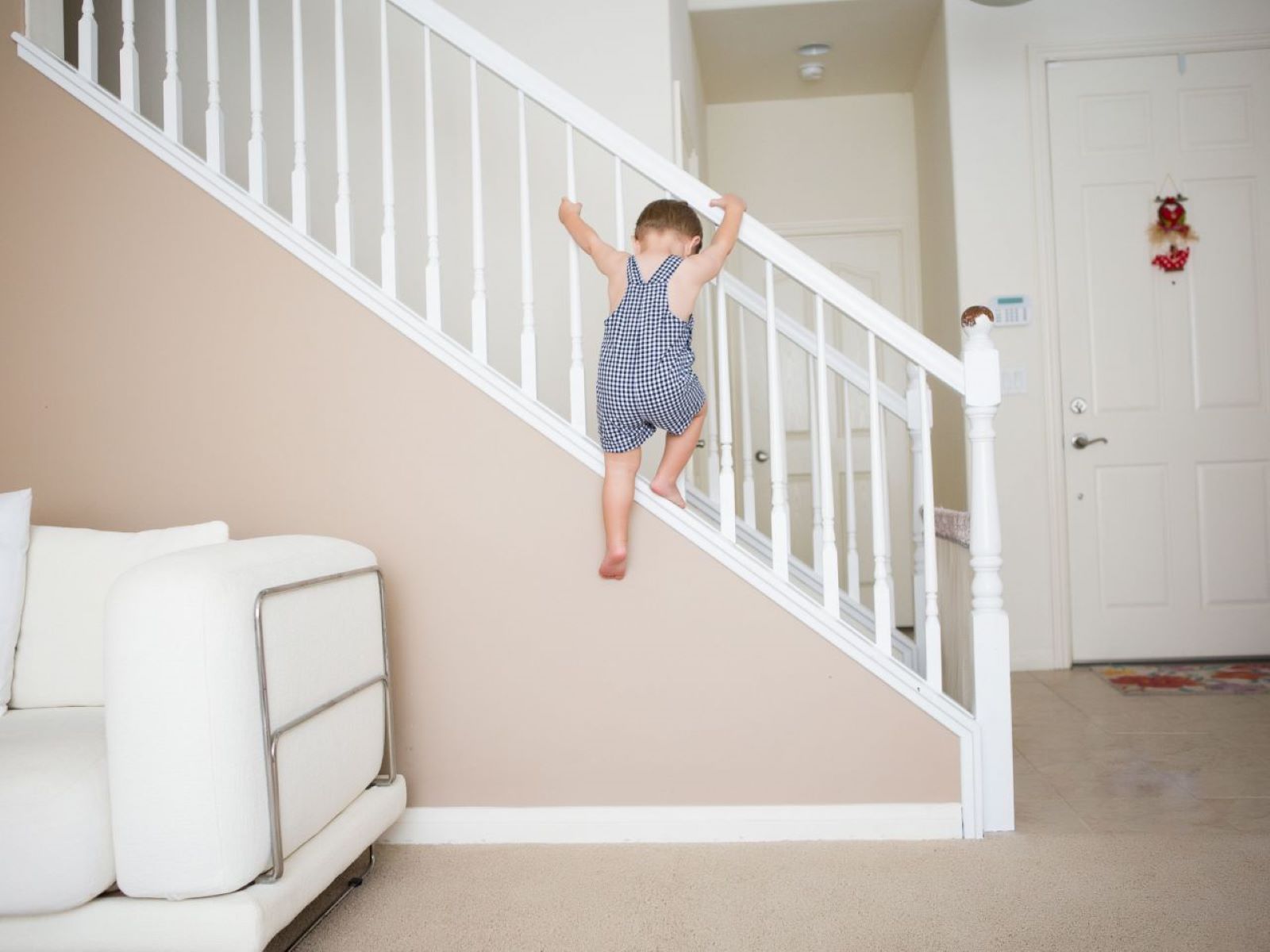

Safety Equipment & Products
How To Childproof Stairs
Modified: February 23, 2024
Keep your little ones safe with our top-rated safety equipment and products for childproofing stairs. Discover essential tips and tools for creating a secure and hazard-free environment at home.
(Many of the links in this article redirect to a specific reviewed product. Your purchase of these products through affiliate links helps to generate commission for Storables.com, at no extra cost. Learn more)
Introduction
Welcome to the comprehensive guide on childproofing stairs! As a parent or caregiver, ensuring the safety of children in the home is a top priority. Stairs pose a unique set of risks, especially for young children who are curious and eager to explore their surroundings. In this guide, we will delve into practical and effective strategies for childproofing stairs, providing you with the knowledge and tools to create a secure environment for your little ones.
Childproofing stairs involves a combination of assessment, modification, and education. By understanding the potential risks associated with stairs and implementing appropriate safety measures, you can significantly reduce the likelihood of accidents and injuries. From installing safety gates to adding non-slip treads, each step in the childproofing process plays a crucial role in enhancing stair safety.
Join us as we explore the essential steps to childproofing stairs, empowering you to create a secure and child-friendly living space. Let's embark on this journey to safeguarding your little adventurers as they navigate the world of stairs!
Key Takeaways:
- Childproofing stairs involves installing safety gates, securing handrails, adding non-slip treads, and keeping stairs clear. Teaching stair safety empowers children to navigate stairs confidently and responsibly.
- By assessing risks, implementing safety measures, and educating children, parents can create a safe and secure environment for navigating stairs. Regular maintenance and reinforcement of safety practices are essential for sustaining a secure stair environment over time.
Assessing the Risks
Before implementing safety measures, it’s essential to assess the specific risks associated with the stairs in your home. Understanding the potential hazards will guide you in making informed decisions about the most effective childproofing strategies.
Start by considering the design and layout of your staircase. Are the steps steep or narrow? Do they have open risers or irregular dimensions? Identifying these characteristics will help you pinpoint areas of concern. Additionally, take note of any nearby furniture or objects that could pose a hazard if a child were to fall against them.
Another crucial aspect to evaluate is the condition of the stairs. Are there loose handrails or balusters? Is the carpeting worn and slippery? Any signs of wear and tear should be addressed promptly to mitigate potential risks.
Furthermore, consider the behavior and mobility of your child. Are they at an age where they are learning to crawl, walk, or run? Understanding their developmental stage will enable you to anticipate their interactions with the stairs and implement appropriate safety measures.
Lastly, observe the traffic flow around the stairs. Are there times when the area becomes congested, increasing the likelihood of accidents? By identifying peak activity periods, you can implement additional safety precautions during these times.
By thoroughly assessing the risks associated with your stairs, you can tailor your childproofing approach to address specific concerns, ultimately creating a safer environment for your child to navigate the stairs with confidence.
Installing Safety Gates
Safety gates are a fundamental component of childproofing stairs, serving as a physical barrier to prevent young children from accessing potentially hazardous areas. When it comes to selecting and installing safety gates, several key considerations should be taken into account to ensure optimal effectiveness.
First and foremost, choose safety gates that are specifically designed for use at the top and bottom of stairs. These gates are equipped with hardware-mounted fixtures, providing a secure and reliable barrier that can withstand the force of a child leaning or pushing against it. Pressure-mounted gates, while suitable for other areas of the home, are not recommended for use on stairs due to their potential to dislodge under pressure.
Prior to installation, carefully measure the width of the stairway opening to ensure a proper fit for the safety gate. Most gates are adjustable to accommodate various widths, but accurate measurements are essential to prevent gaps that could compromise the gate’s effectiveness. Additionally, consider the height of the gate to prevent climbing attempts by older children.
When installing the gate, follow the manufacturer’s instructions meticulously. Ensure that the gate is securely anchored to the walls or banisters using the provided hardware. Regularly inspect the gate to confirm that it remains stable and free from any signs of wear or damage.
It’s important to note that safety gates are not a substitute for adult supervision. While they serve as a valuable deterrent, they should be complemented by vigilant oversight to ensure the safety of children around stairs. By installing and maintaining properly secured safety gates, you can create a protective barrier that minimizes the risk of falls and accidents on the stairs.
Securing Handrails and Balusters
Handrails and balusters play a pivotal role in providing support and stability on staircases. Ensuring that these components are secure and well-maintained is essential for enhancing stair safety, particularly in households with young children. By addressing potential hazards associated with handrails and balusters, you can significantly reduce the risk of accidents and injuries on the stairs.
Start by inspecting the handrails and balusters for any signs of instability or damage. Loose or wobbly handrails and balusters pose a significant risk, especially for children who may instinctively reach out for support while ascending or descending the stairs. Tighten any loose fittings and replace or repair damaged components to restore the structural integrity of the railing system.
Consider the spacing between balusters as well. The gaps between balusters should be narrow enough to prevent a child from slipping through or getting stuck. If the existing spacing does not meet safety standards, additional balusters or a protective barrier can be installed to eliminate the risk of entrapment.
If your staircase features open risers, take measures to prevent children from slipping or becoming trapped between the steps. Installing a protective barrier beneath the stairs can effectively mitigate this risk, providing an extra layer of safety for young children who are prone to exploration and curiosity.
Regular maintenance and inspection of handrails and balusters are crucial to upholding stair safety standards. Periodically check for any signs of wear, damage, or loosening, and promptly address any issues to maintain a secure and reliable support system for the stairs. By securing handrails and balusters, you can create a stable and child-friendly environment that promotes safe navigation of the staircase.
Install safety gates at the top and bottom of the stairs to prevent young children from accessing them unsupervised. Make sure the gates are securely mounted and meet safety standards.
Adding Non-Slip Treads
Non-slip treads are a valuable addition to staircases, providing enhanced traction and stability to reduce the risk of slips and falls, especially for young children who may be less cautious while navigating the stairs. By incorporating non-slip treads, you can create a safer environment that minimizes the potential for accidents and instills confidence in both children and adults as they traverse the stairs.
When selecting non-slip treads, opt for high-quality materials that offer durability and reliable traction. Treads are available in various materials, including rubber, vinyl, and adhesive-backed strips, each with distinct features and benefits. Consider the specific needs of your household and the aesthetic appeal of the treads when making your selection.
Prior to installation, thoroughly clean and prepare the stair surfaces to ensure proper adhesion of the non-slip treads. Remove any existing carpeting or debris, and clean the steps with a suitable cleaner to promote optimal adhesion. Carefully follow the manufacturer’s instructions for applying the treads, ensuring that they are securely affixed to each step.
For households with young children, consider using brightly colored non-slip treads or those with visually engaging patterns. This not only adds a playful touch to the stairs but also serves as a visual cue for children to be mindful of their steps, promoting safe and attentive stair navigation.
Regularly inspect the non-slip treads to ensure that they remain securely in place and free from wear or damage. Replace any worn treads promptly to maintain their effectiveness in providing reliable traction on the stairs.
By adding non-slip treads to your staircase, you can create a safer and more secure environment for children and adults alike, mitigating the risk of slips and falls and fostering a sense of confidence and stability when using the stairs.
Read more: What Makes Childproof Containers Childproof?
Keeping Stairs Clear
Maintaining clear and unobstructed stairways is essential for promoting safe and unimpeded passage, particularly in households with young children. By keeping stairs clear of clutter and potential hazards, you can significantly reduce the risk of tripping and falling, creating a safer environment for everyone in the home.
Regularly assess the area around the stairs to identify and remove any objects that could pose a tripping hazard. This includes toys, shoes, and other items that may inadvertently find their way onto the steps or landing. Implement a habit of promptly returning such items to their designated storage areas to prevent them from obstructing the stairs.
Ensure that the stairway is well-lit to enhance visibility and reduce the likelihood of missteps, especially during nighttime or low-light conditions. Adequate lighting not only improves safety but also provides a clear visual cue for children to navigate the stairs confidently.
If your staircase features a landing, keep it free from excessive furniture or decor that could impede traffic flow. A clutter-free landing provides ample space for safe maneuvering and reduces the risk of collisions or obstructions while ascending or descending the stairs.
Consider implementing a “no toys on the stairs” rule to instill a sense of awareness and responsibility in children regarding the importance of keeping the stairs clear. Educate them about the potential hazards of leaving items on the stairs and encourage their active participation in maintaining a tidy and safe stair environment.
Regularly reinforce the habit of keeping the stairs clear as part of your household routine, emphasizing the importance of a clutter-free and hazard-free environment. By consistently maintaining clear and unobstructed stairs, you can create a safer and more navigable space for children and adults alike.
Teaching Stair Safety
Empowering children with the knowledge and skills to navigate stairs safely is a fundamental aspect of promoting stair safety in the home. By incorporating age-appropriate education and guidance, you can instill a sense of awareness and responsibility in children, equipping them with the tools to make safe choices when using the stairs.
Start by introducing the concept of stair safety in a positive and engaging manner. Use simple and relatable language to explain the importance of being cautious and attentive while using the stairs. Emphasize the idea that stairs are not a play area and require careful navigation to prevent accidents.
Teach children to always hold onto the handrail when using the stairs, emphasizing the importance of maintaining a secure grip for added stability and support. Encourage them to use the handrail consistently, reinforcing the habit as an essential component of safe stair navigation.
Practice and demonstrate proper stair etiquette, such as taking one step at a time and refraining from running or engaging in rough play on the stairs. Model the desired behavior and provide gentle reminders to reinforce these guidelines, fostering a culture of safety and mindfulness around the stairs.
Engage children in interactive activities that promote stair safety, such as creating colorful posters or visual reminders to hang near the staircase. Encourage them to participate in designing these materials, fostering a sense of ownership and pride in promoting a safe stair environment.
Regularly communicate and reinforce the key principles of stair safety, integrating them into everyday routines and interactions. Consistent reminders and positive reinforcement will help solidify the importance of safe stair behavior in the minds of children, ultimately shaping responsible and cautious habits.
By actively teaching and promoting stair safety, you can empower children to approach the stairs with confidence and mindfulness, reducing the risk of accidents and instilling a lifelong understanding of the importance of safe navigation in the home.
Conclusion
Childproofing stairs is a multifaceted endeavor that encompasses assessment, modification, and education, all aimed at creating a safe and secure environment for children to navigate the stairs with confidence. By implementing the strategies outlined in this guide, you can significantly reduce the risk of accidents and injuries, fostering a sense of safety and peace of mind for both children and caregivers.
Assessing the specific risks associated with your stairs provides the foundation for tailored childproofing measures, enabling you to address potential hazards effectively. From installing safety gates at the top and bottom of the stairs to securing handrails and balusters, each step plays a crucial role in enhancing stair safety.
Adding non-slip treads and keeping the stairs clear further contribute to a secure environment, minimizing the risk of slips, trips, and falls. These proactive measures create a safer and more navigable space for children and adults alike, promoting confidence and stability while using the stairs.
Equally important is the role of education in promoting stair safety. By teaching children about the importance of cautious and mindful stair navigation, you empower them with the knowledge and skills to make safe choices. This proactive approach not only enhances safety in the present but also instills a lifelong understanding of responsible behavior around stairs.
As you embark on the journey of childproofing your stairs, remember that each measure contributes to a comprehensive and robust safety framework. Regular maintenance, inspection, and reinforcement of safety practices are essential for sustaining a secure stair environment over time.
By integrating these strategies and fostering a culture of safety and awareness, you can create a home environment where children can explore and learn with confidence, knowing that the stairs are a safe and secure part of their everyday surroundings.
Frequently Asked Questions about How To Childproof Stairs
Was this page helpful?
At Storables.com, we guarantee accurate and reliable information. Our content, validated by Expert Board Contributors, is crafted following stringent Editorial Policies. We're committed to providing you with well-researched, expert-backed insights for all your informational needs.
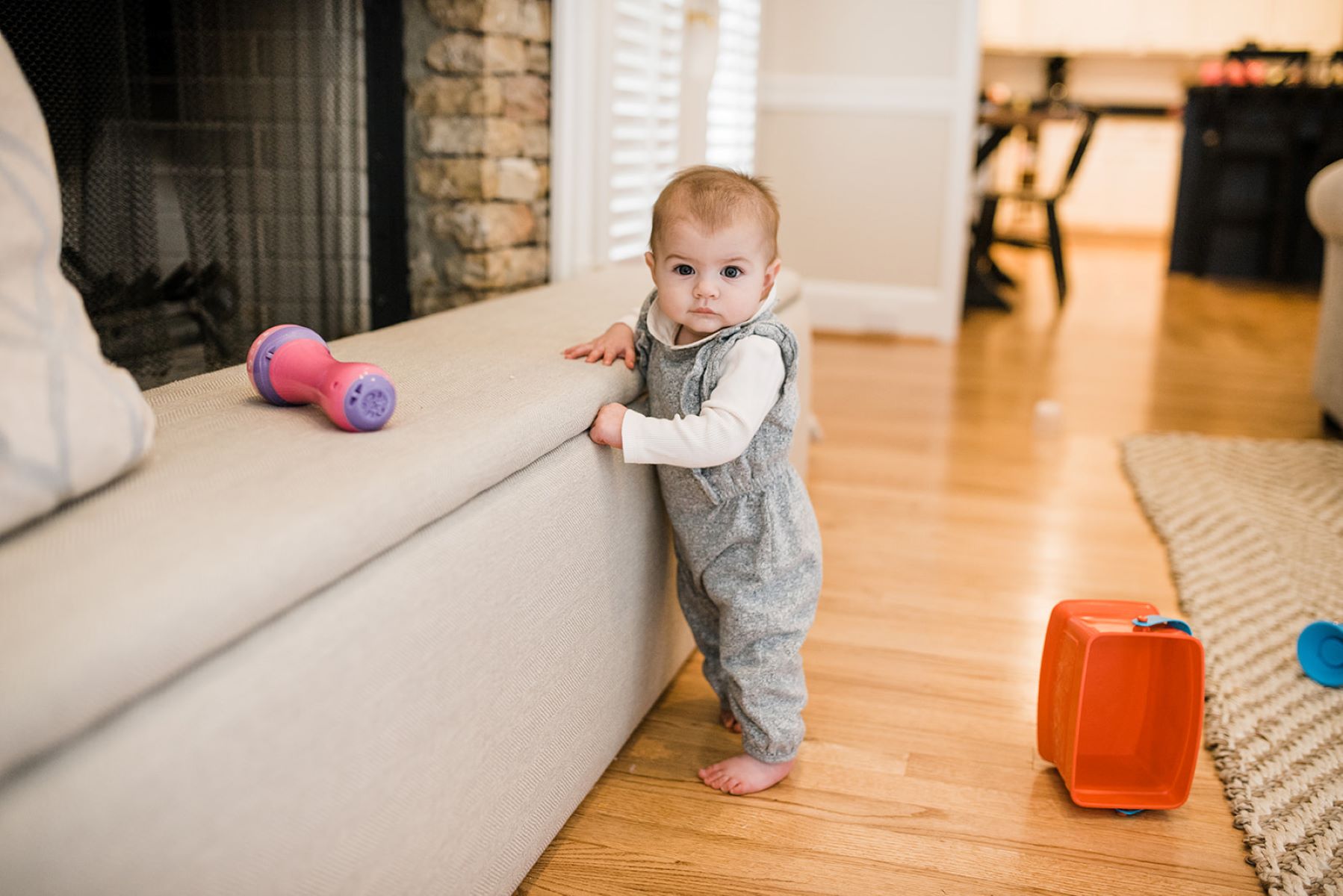

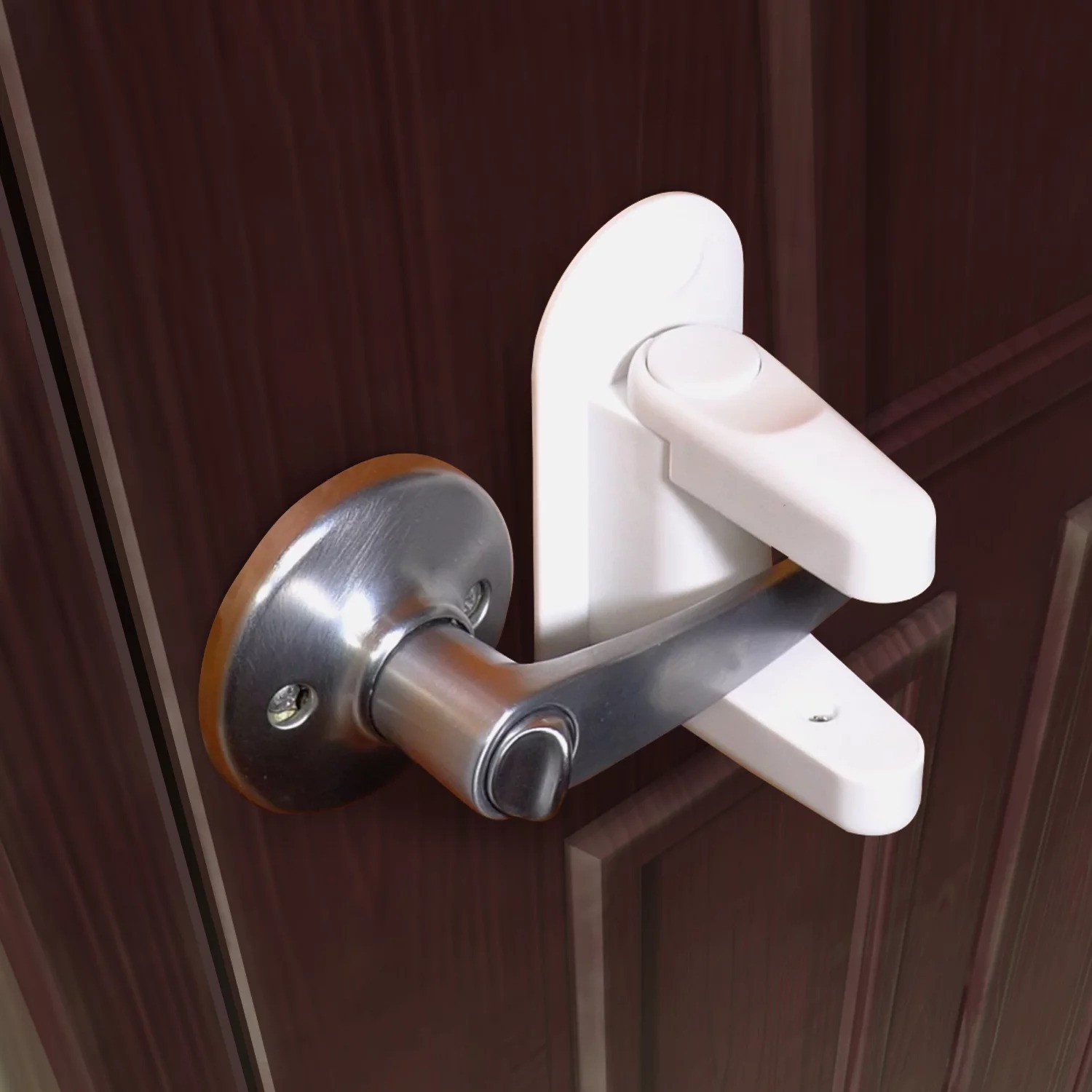
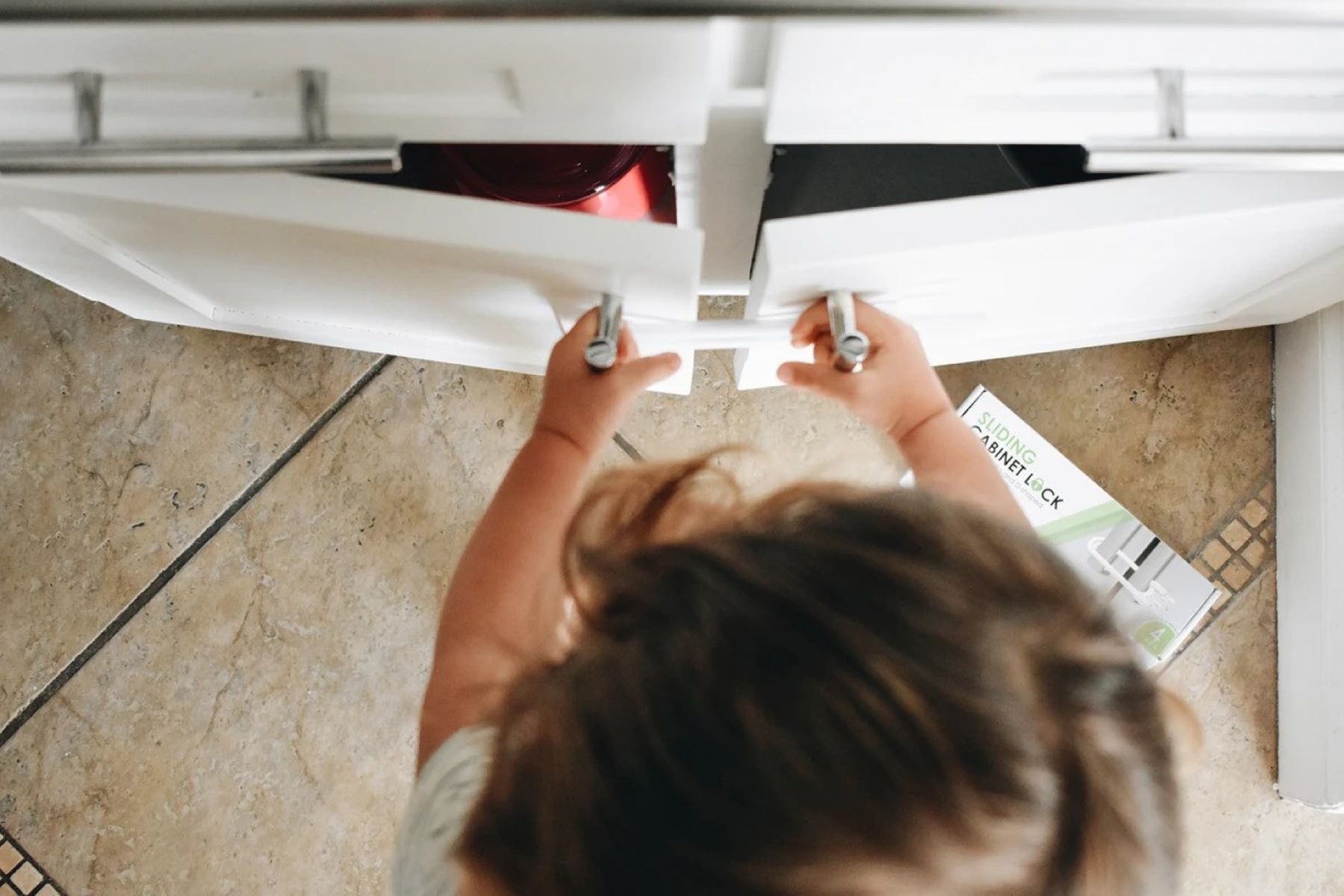


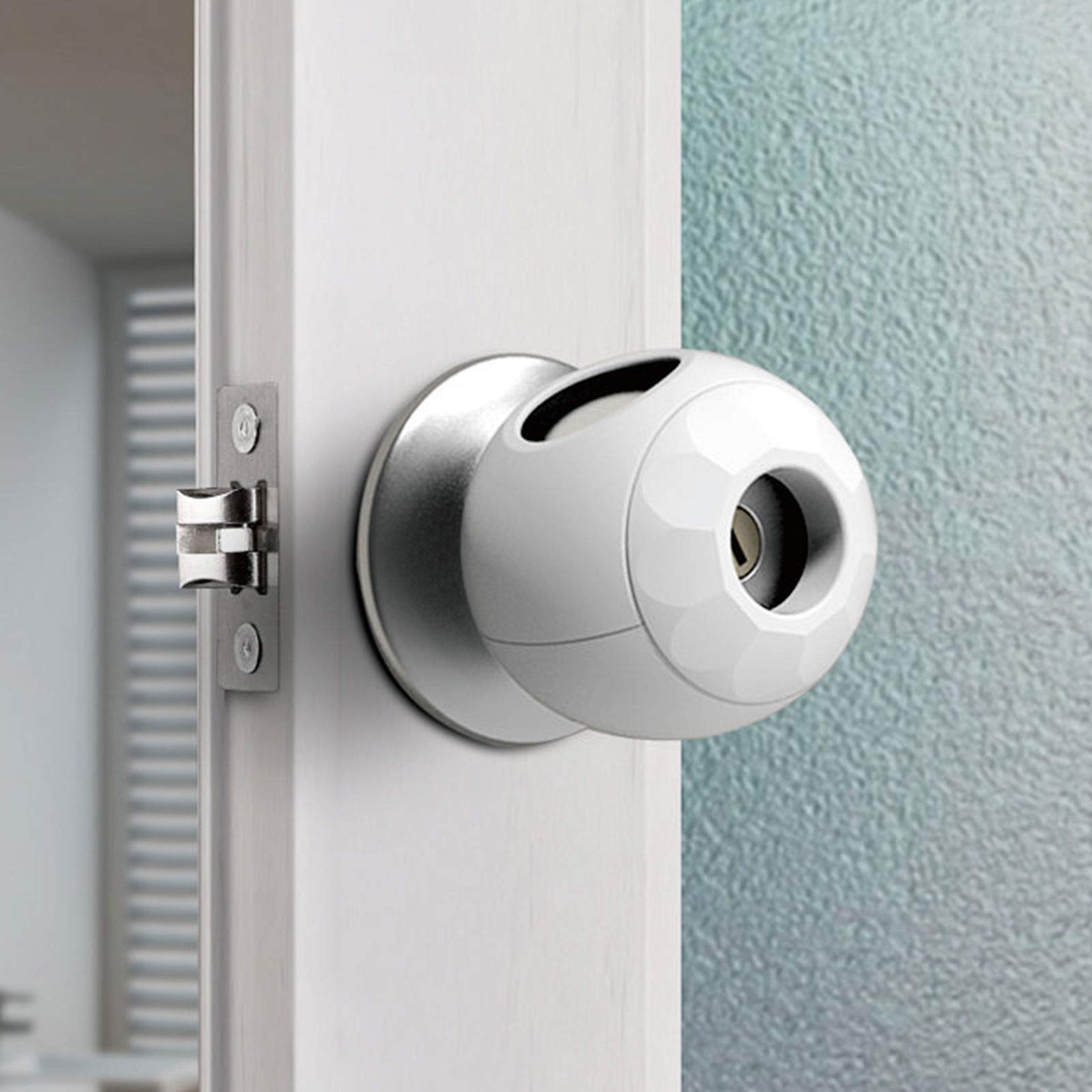
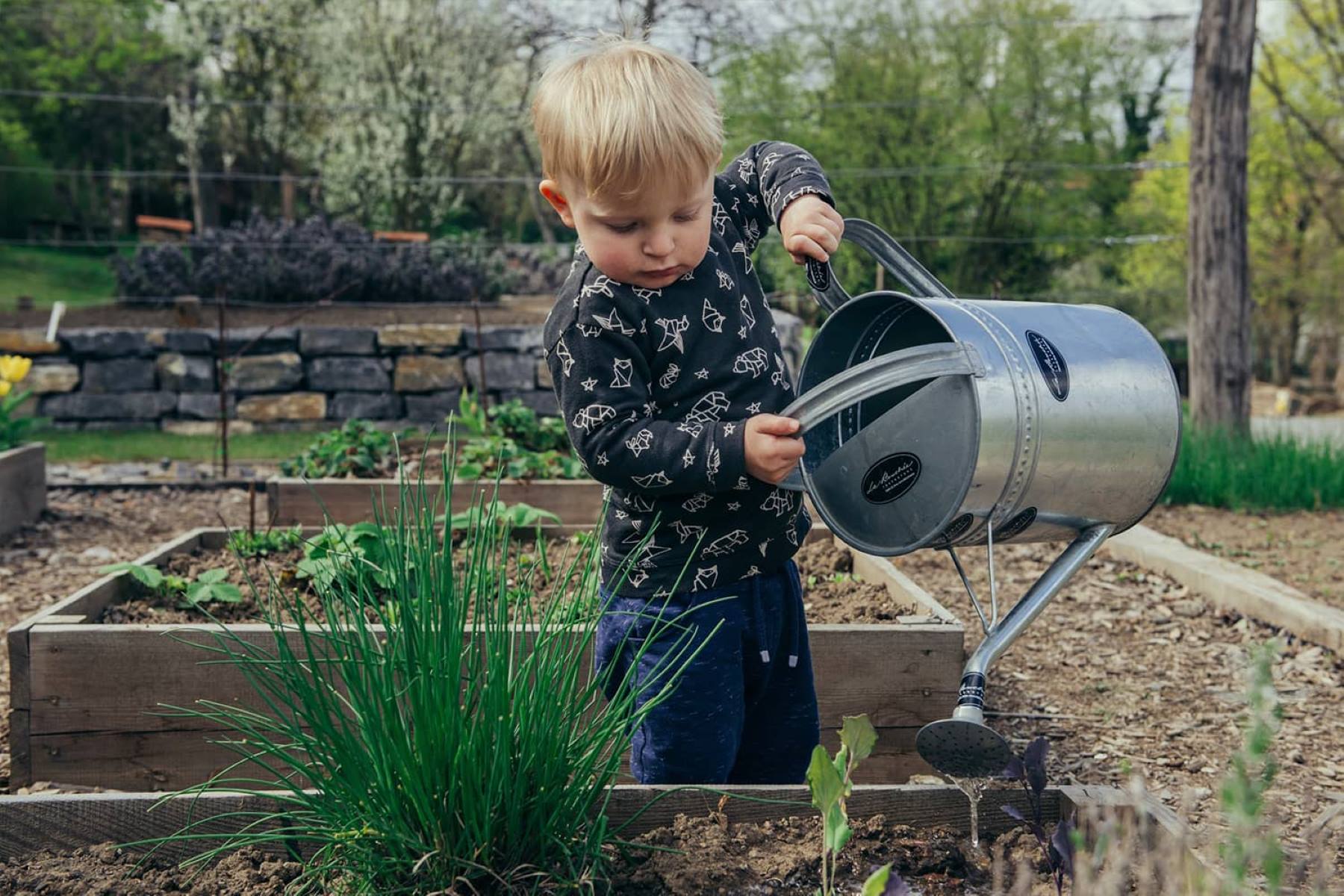
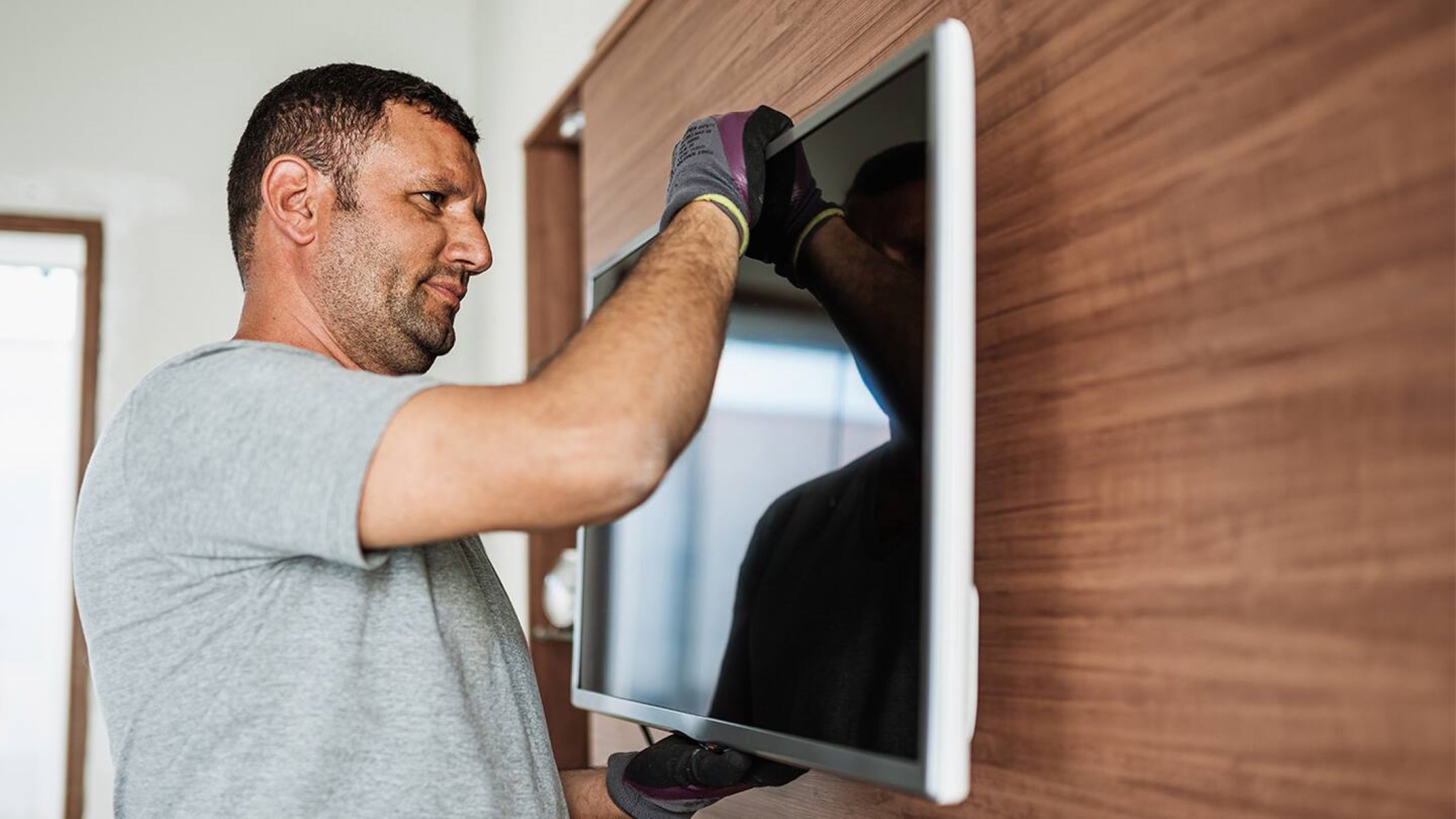
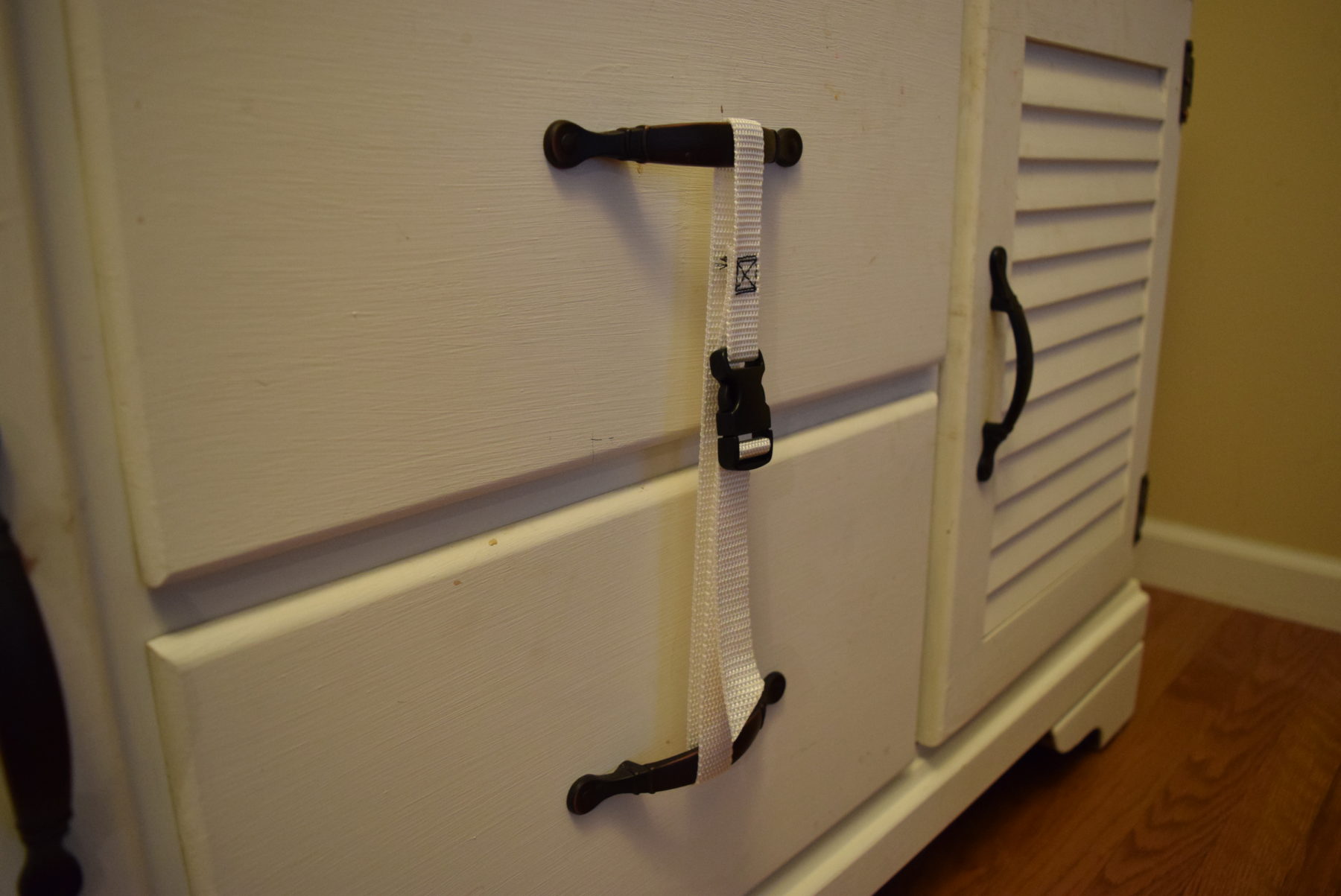
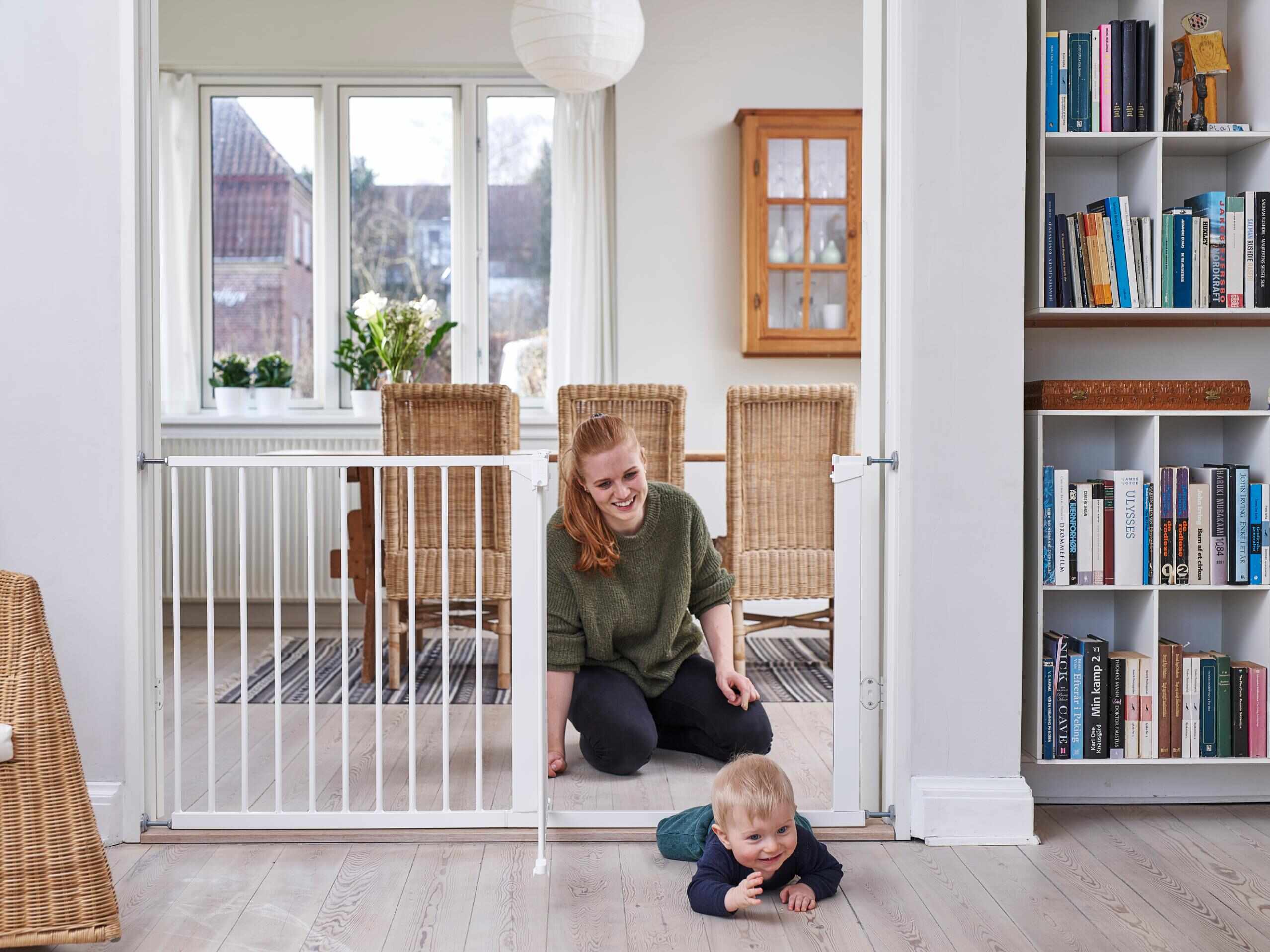
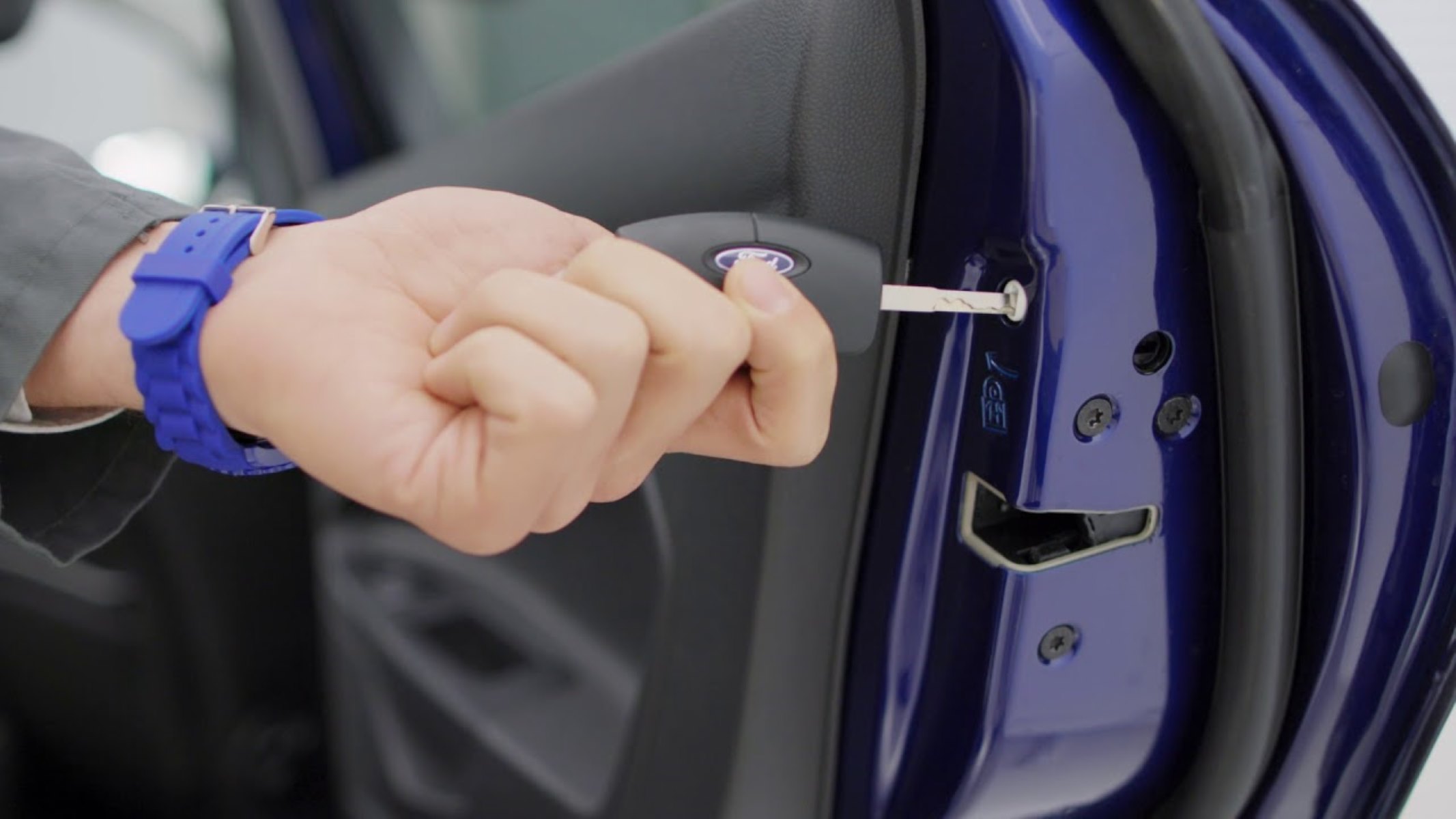
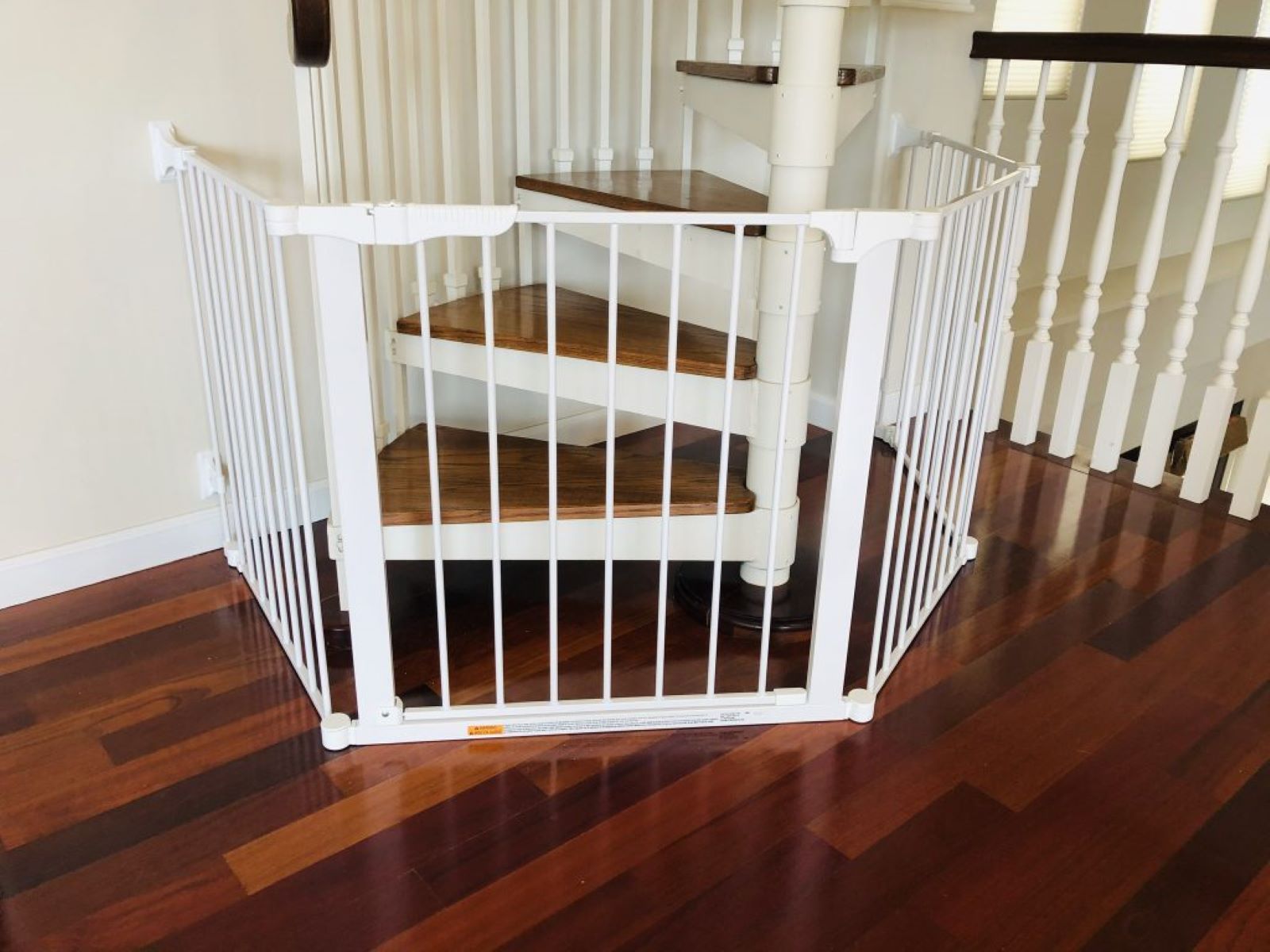
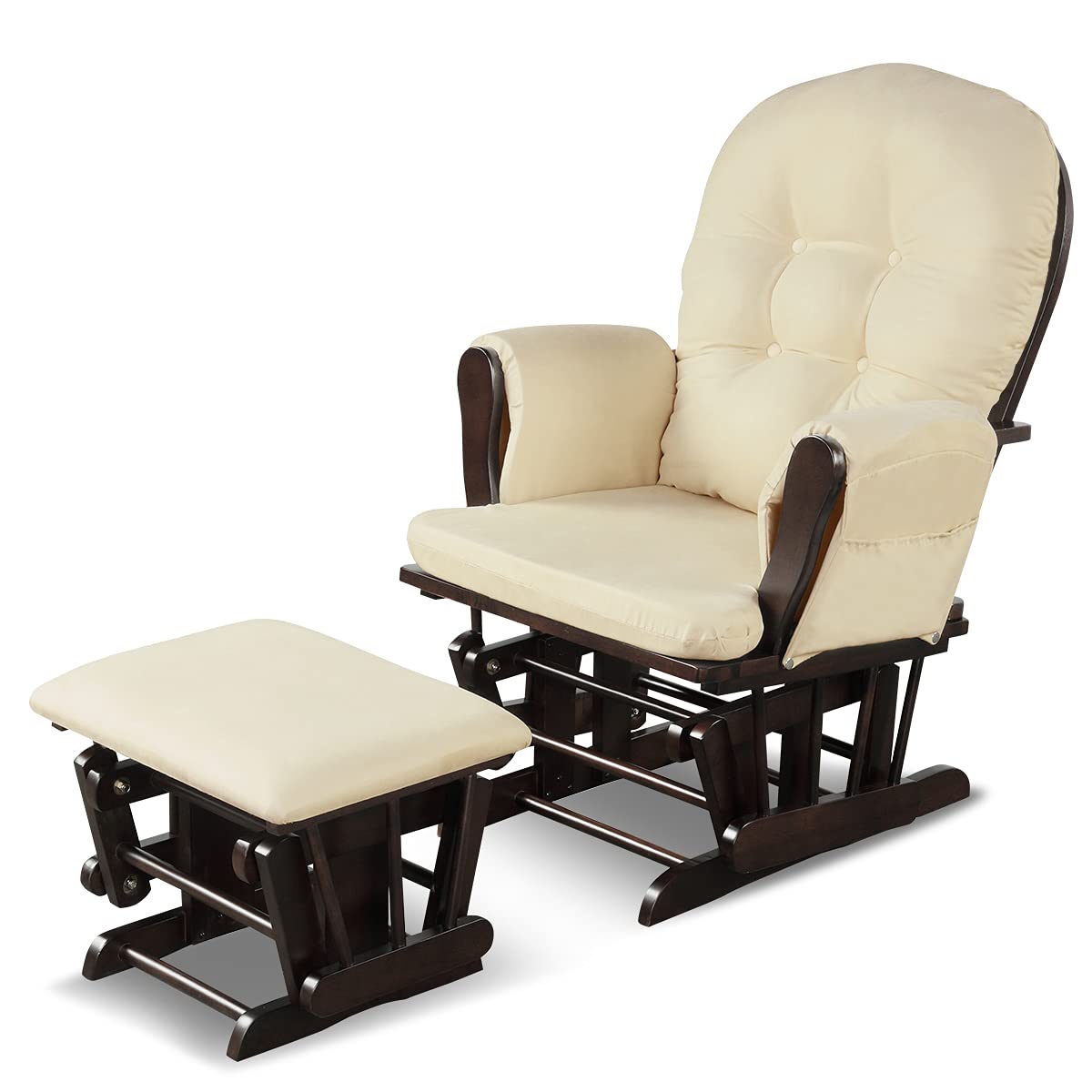

0 thoughts on “How To Childproof Stairs”